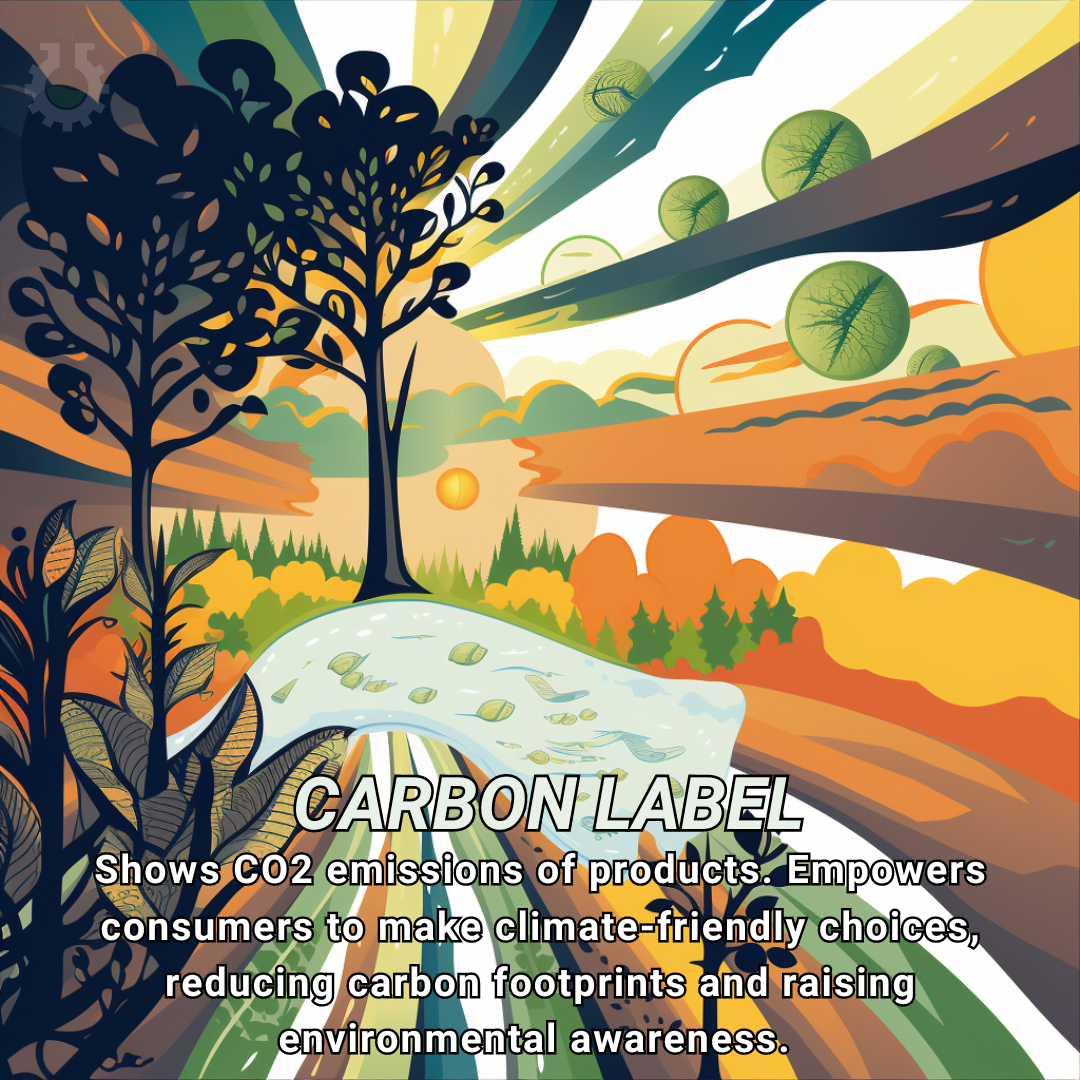Carbon Emission Label: A visual or digital representation on products or services indicating the amount of carbon dioxide emissions associated with their production, distribution, and use. It allows consumers to make informed choices based on the environmental impact of their purchases. Connection to Climate Change: Carbon emission labels empower consumers to make climate-conscious decisions, reducing […]
Tourism Industry is the sector encompassing travel, accommodation, and recreational activities. It contributes significantly to the economy and involves various services and attractions to attract travelers. Connection to Climate Change: The tourism industry both contributes to and is affected by climate change. It’s a source of greenhouse gas emissions through travel and accommodation, impacting the […]
Climate-Induced Migration: The movement of people from their homes or regions due to environmental changes and disasters resulting from climate change. It includes factors like sea-level rise, extreme weather events, and resource scarcity. Connection to Climate Change: Climate-induced migration is a consequence of the impacts of climate change, including displacement due to sea-level rise, droughts, […]
Green Building Technology: Innovative and sustainable construction practices and materials designed to reduce environmental impact. It focuses on energy efficiency, resource conservation, and minimizing carbon emissions during building and operation. Connection to Climate Change: Green building technology plays a crucial role in mitigating climate change by reducing energy consumption and greenhouse gas emissions in the […]
Coastal Ecosystems is a diverse environments found at the meeting point of land and sea, including marshes, mangroves, and coral reefs. They provide essential services, such as flood protection and habitat for marine life. Connection to Climate Change: Coastal ecosystems are vulnerable to rising sea levels and changing ocean conditions caused by climate change. Their […]
Agroforestry, a sustainable land management approach that combines tree planting with agricultural crops or livestock. It’s designed to enhance land productivity, biodiversity, and climate resilience. Connection to Climate Change: Agroforestry mitigates climate change by sequestering carbon in trees and improving soil health. It enhances the adaptability of agriculture to changing climate conditions and helps conserve […]
Fisheries are activities related to the harvesting, processing, and distribution of fish and other aquatic organisms from marine or freshwater environments, including oceans, rivers, and lakes. Connection to Climate Change: Climate change impacts fisheries by altering ocean temperatures, currents, and habitats. These changes can disrupt the distribution and abundance of fish stocks, affecting the livelihoods […]
Climate Finance is a financial resources, investments, and funding mechanisms dedicated to addressing climate change. These funds support mitigation and adaptation efforts, enabling the transition to a low-carbon, climate-resilient future. Connection to Climate Change: Climate finance is essential for combating climate change by providing the resources needed to reduce greenhouse gas emissions, protect vulnerable communities […]
Bioenergy is a renewable energy derived from organic materials, such as plant and animal waste, wood, and agricultural residues. It can be converted into heat, electricity, or fuel for various applications. Connection to Climate Change: Bioenergy is considered a sustainable energy source as it can reduce greenhouse gas emissions when produced and managed responsibly. By […]
Reforestation is the deliberate planting and cultivation of trees in areas where forests have been depleted or removed. It’s an essential practice for restoring forest ecosystems and mitigating climate change. Connection to Climate Change: Reforestation helps combat climate change by absorbing carbon dioxide from the atmosphere and storing it in trees and forest soils. This […]












